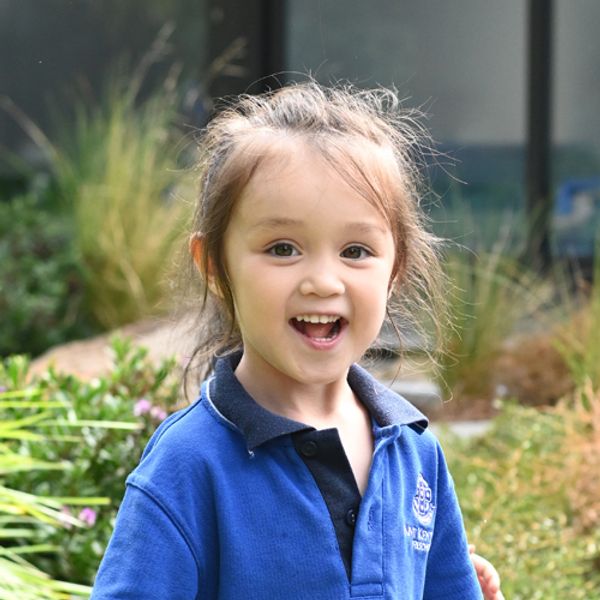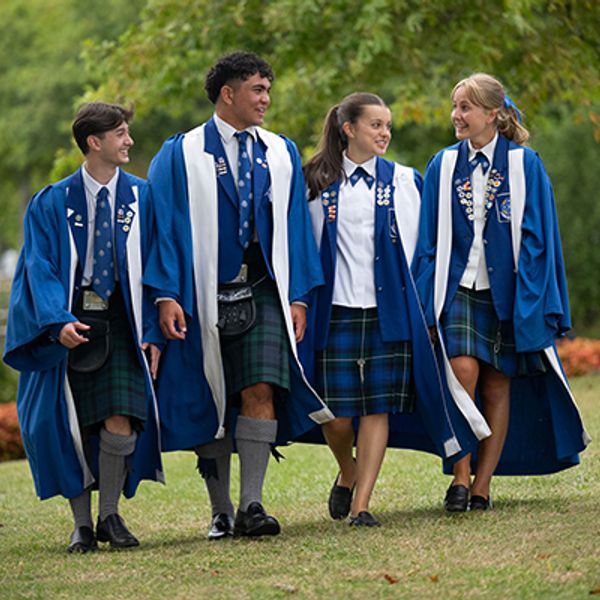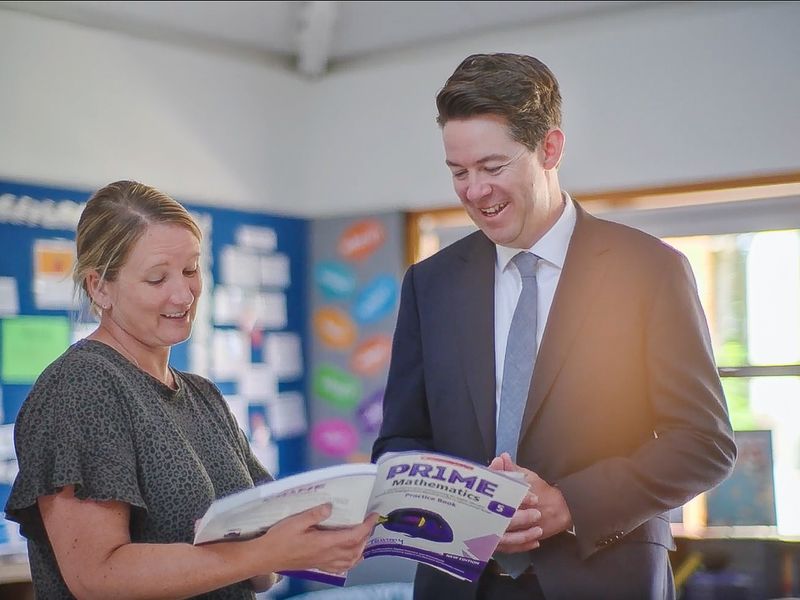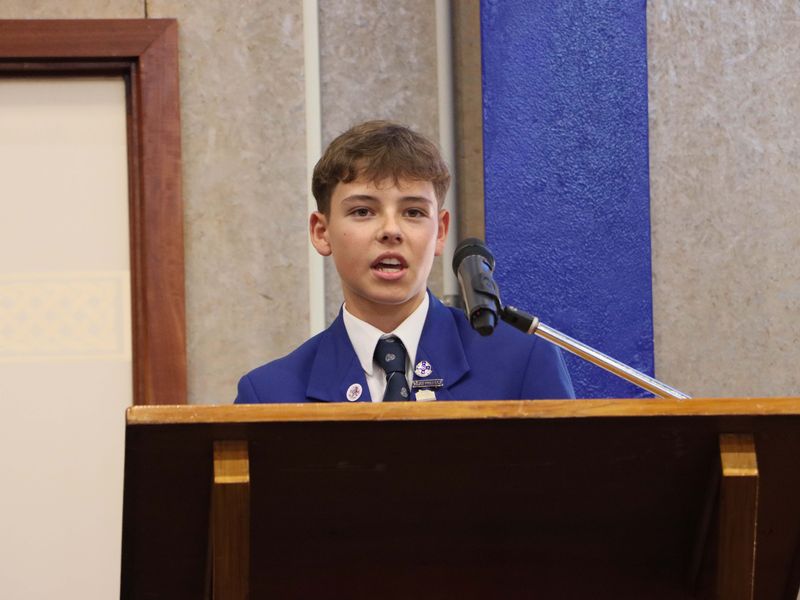
Palaeontologists in the Making
Palaeontologists in the Making
March 02, 2016 at 8:17 AM
Dinosaurs hold an abiding interest for young boys. Whether it’s their sheer size, their perceived ferociousness, their tongue-twisting names or their place in history, mention dinosaurs and boys will often deliver a string of facts in return!
Ever since the first dinosaur fossil was identified almost 200 years ago, people have wondered how these fascinating animals lived, moved and behaved. In those early days, dinosaur hunters only had a keen eye and shovels to work with; all that was known of the great dinosaurs was the shape of their bones and the names assigned to them, the rest was largely guesswork. Today, scientists rely on everything from satellite technology to scanning electron microscopes; they have the means to probe the way these creatures moved and ate, lived and died. There is much to be learned from fossils!
The Year 3 boys set off to Auckland War Memorial Museum with a keen interest to expand their current knowledge of dinosaurs and fossils, and to learn about the role of a palaeontologist. The Weird & Wonderful Discovery Centre is a fantastic place to ignite and satisfy curiosity, encouraging young visitors to handle the collection and interactive devices. The Museum Educators guided the boys to take on the role of a palaeontologist to discover and learn about the various dinosaurs and their identifying characteristics, uncovering the differences between carnivores, herbivores and omnivores.
The boys also learned about Joan Wiffen, the amateur palaeontologist who helped to discover that, contrary to belief at the time, dinosaurs once lived in New Zealand. A remarkable woman known for her tenacity, she found her first dinosaur fossil at Mangahouanga, Hawkes Bay in 1975. She knew the bone was unusual and of a land-dwelling creature, but it was several years before it was identified as belonging to a theropod dinosaur. Today, the former presence of dinosaurs on New Zealand’s landmass is unarguable because of Joan’s work. She and her colleagues have found fossil bones of at least three kinds of carnivorous dinosaur, three kinds of herbivorous dinosaur and one kind of flying reptile. That is quite apart from some fine examples of marine reptile fossils and some rare and unique examples of other marine species.
At the conclusion of the morning, the Museum Educators told the boys that part of the role of a palaeontologist is to share their findings. The boys returned to school brimming with newfound knowledge about the process of fossilisation, particularly in the way it relates to dinosaurs. And yes, the handling of dinosaur ‘droppings’ was high on the list of facts to share!









